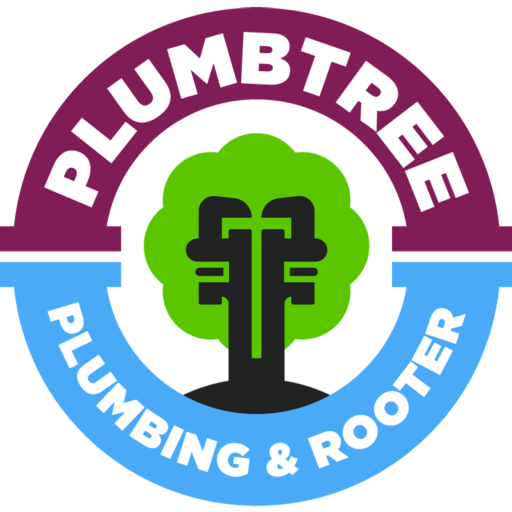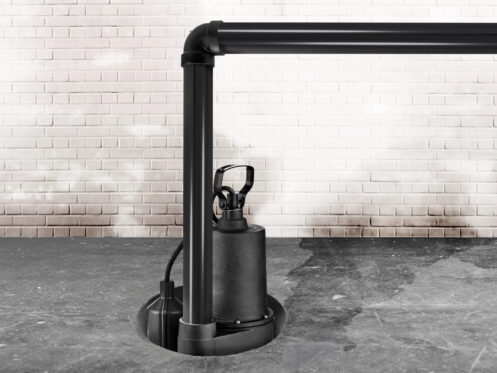Regarding basement maintenance, one question that often comes up is whether or not your home needs a sump pump. A sump pump can really make a difference when it comes to keeping your basement dry, but not every basement necessarily needs one. Whether or not you need a sump pump depends on a few things, like where your home is located, the water table in your area, and the overall condition of your basement.
Getting a clear picture of how sump pumps work and why they’re useful can help you figure out if it’s time to install one or if it’s something you can skip for now. It’s all about understanding what’s going on with your basement and making the best choice for your home.
In St. Louis, MO, Plumbtree Plumbing & Rooter is the trusted expert who can help you with all of your home care needs in a quick and reliable way, making sure your property stays safe, dry, and in great shape. Here, we’ll talk about the factors that should be considered when deciding whether or not your basement needs a sump pump.
What Is a Sump Pump and How Does It Work?
At its core, a sump pump is a machine that helps move water out of your crawl space or basement so that it doesn’t flood or cause damage. It’s typically installed in a pit at the lowest point of the basement, often called a sump pit. When the water level in the pit rises—due to factors like heavy rainfall, melting snow, or a high water table—the pump kicks on and directs the water out and away from your home’s foundation. This process is key to keeping your basement dry and preventing damage to the structure of your home.
Sump pumps work automatically, meaning they only activate when water is present. This makes them convenient and reliable, as you don’t have to worry about turning them on or off. Most sump pumps are connected to a discharge pipe that directs the water to an area of your yard where it can safely drain away from the house. In areas with heavy rainfall or where water tends to pool around the foundation, a sump pump can be a lifesaver, especially during stormy seasons.
Factors That Determine if You Need a Sump Pump
Not all homes are at risk of basement flooding, and whether or not you need a sump pump depends on a few key factors. Understanding these factors can help you decide if it’s worth installing a sump pump in your home.
One of the primary considerations is the water table in your area. If you live in a region with a high water table, water is more likely to seep into your basement, especially during periods of heavy rain or snowmelt. This is because the water beneath the ground is closer to the surface, and it can easily find its way into your basement if there are cracks or gaps in the foundation. In such areas, a sump pump is often essential to prevent flooding.
Another critical factor is the topography of your land. If your home is located in a low-lying area or in a place that’s prone to runoff from hills or other elevated areas, your basement could be at higher risk for flooding. Even if you don’t experience frequent rainfall, water that collects elsewhere on your property may end up flowing into your basement, creating a need for a sump pump. Additionally, homes that are built near rivers or lakes may also be at higher risk for water infiltration, especially during times of heavy rain or spring thaws.
If your basement is prone to dampness or humidity rather than actual flooding, a sump pump may not be necessary. However, if you notice persistent moisture in your basement, especially after rain, it could indicate that water is seeping in at a slow but steady rate. In such cases, you may want to consider waterproofing solutions like a sump pump to prevent further damage to your basement’s structure and your belongings.
Sump Pump Types
Not all sump pumps are the same. When deciding whether to install a sump pump, it’s essential to understand the different types and how they work. Each type is designed for a specific situation, and understanding the differences will help you make the best decision for your home.
Pedestal pumps and submersible pumps are the two main types of water pumps. Pedestal pumps are put in place above the sump pit, and the motor sits on a stand or platform. These pumps are typically less expensive and easier to install, but they’re also louder and less efficient than submersible pumps. Pedestal pumps are often used in homes with smaller basements or in areas where water doesn’t accumulate in large quantities.
Submersible pumps, on the other hand, are made to be put inside the sump pit. This makes them quieter and better at moving water. For bigger basements or homes that get a lot of flooding or have high water tables, these are better options. Also, submersible pumps are better at getting rid of dirt and waste because they can usually handle bigger pieces without getting clogged. While they tend to be more expensive and require more complex installation, submersible pumps are ideal for homes in areas that frequently deal with flooding.
Some newer sump pumps also come with battery backups or water-powered backup systems. These backup systems are beneficial in case of power outages, which can often happen during storms or heavy rain. A backup system ensures that your sump pump will continue to function even if the power goes out, giving you extra peace of mind during severe weather events.
Warning Signs You Need a Sump Pump
While not every basement requires a sump pump, there are sure signs you can look for to help determine if yours would benefit from one. If your basement is consistently dry and you’ve never experienced any flooding or significant water intrusion, you likely don’t need a sump pump. If you see any of these signs, though, you might want to think about getting one.
The most apparent sign is frequent flooding or standing water in your basement. If you’ve experienced water pooling in your basement during or after a storm, a sump pump can help keep the water under control and prevent damage to your home’s foundation. Even if the flooding is minor, it can still lead to mold growth, mildew, and other moisture-related issues that can damage your belongings and reduce the structural integrity of your home.
Another red flag is water stains or mildew on walls. If you notice discoloration on the walls or ceiling, it may indicate that water is seeping in through cracks in the foundation. This is a sign that you need to take action to prevent further damage, and a sump pump may be a good solution to remove excess moisture before it causes more problems.
Also, musty odors or excessive humidity are signs that moisture is present in your basement, even if you don’t see standing water. High humidity levels can lead to mold growth, which can cause health issues and damage your property. A sump pump can help manage moisture levels and prevent the conditions that lead to mold growth.
Call Us Today
Deciding whether or not you need a sump pump for your basement depends on several factors, including the local environment and the history of water issues in your home. A sump pump can provide valuable peace of mind if you live in an area prone to heavy rainfall or a high water table. Even if you haven’t experienced flooding yet, installing one proactively can help prevent future damage.
If you’re unsure whether you need one, don’t hesitate to reach out to Plumbtree Plumbing & Rooter. We’re the premier plumbing company in San Jose, and we’re happy to assess your situation and ensure your basement stays dry for years to come. We also offer car chargers, electrical repair, smart home appliances, new construction, wiring, and electrical panel replacement services.

